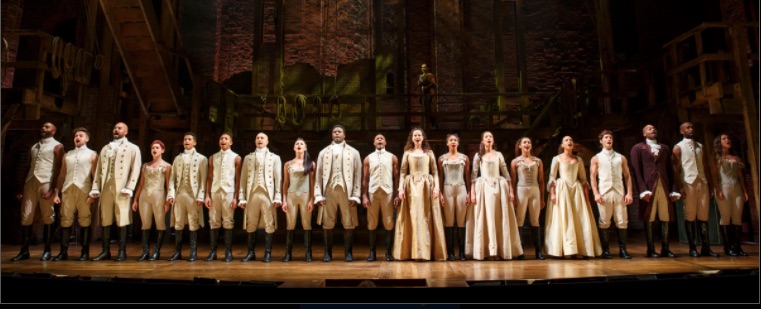We could call My Fair Lady the Hamilton of the 1950s. With tickets equally tough to get, the following (legendary but maybe apocryphal) dialogue for My Fair Lady could apply to either show:
Where: Fifth-row center.
Who: A man, a woman and an empty seat.
Explaining why the seat next to her is empty, the women says that her husband died. When her neighbor asks if anyone else wanted to come, she answers, “No, they’re all at the funeral.”
Where are we going? To Broadway’s bots, scalpers and inelastic demand.
Hamilton’s Ticket Prices
At $849, Hamilton’s best seat in the house is also the most expensive on Broadway. Still high, the average seat is a pricey $282.65. And even with those elevated numbers, it’s difficult to get a ticket.
However, Harvard economist Gregory Mankiw knew that if he was willing to pay enough, he could get one. His strategy secured him tickets at $2500 each during October 2016.
And that might be the problem.
Rather than letting supply and demand do their job, the market for Hamilton is getting skewed by bots and ticket scalpers who buy blocks of tickets. Having created a shortage, they then sell the tickets for sky high amounts in secondary markets.
Those ancillary Hamilton markets are said to have brought ticket brokers more than $15.5 million from the 100 performances preceding Lin-Manuel Miranda’s departure:
To solve the problem, a Hamilton producer said they would use Verified Fan on a limited basis. With Verified Fan, the show will use a “pre-sale” to identify ticket buyers. Days later, only those confirmed as bonafide theatergoers will be able to purchase tickets.
Our Bottom Line: Inelastic Supply and Demand
As economists looking at Hamilton’s ticket prices, we should also consider inelasticity.
On the supply side, the quantity of tickets being sold in one city is somewhat inelastic. In response to higher prices, the show’s producers have minimal ability to boost the quantity supplied. Only through new productions in different cities could they increase supply with more land, labor and capital.
Meanwhile, on the demand side, you have different elasticities. There certainly is one group whose demand curve is elastic. Caring about price, they are willing to wait many months for their seats. Others though are willing and able to buy tickets at elevated prices. Their inelastic demand facilitates the activity in secondary markets.
So yes, whether looking at a widow’s ticket to My Fair Lady or what Dr. Mankiw will pay for Hamilton, we can wonder if Verified Fan will limit Broadway’s bots, scalpers and inelastic demand.
My sources and more: For this post, the NY Times was superb. They alerted me to Hamilton’s bots battle, had a separate article on scalpers, and good analysis from columnist James Stewart.
This post was slightly edited after publication.







